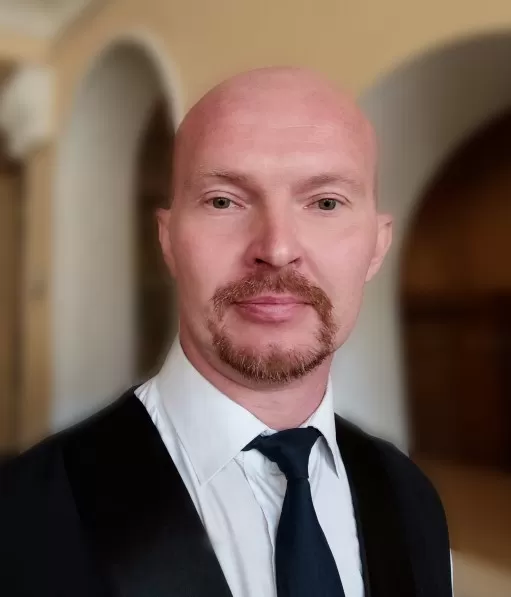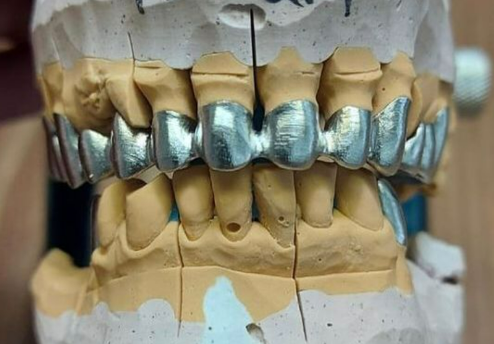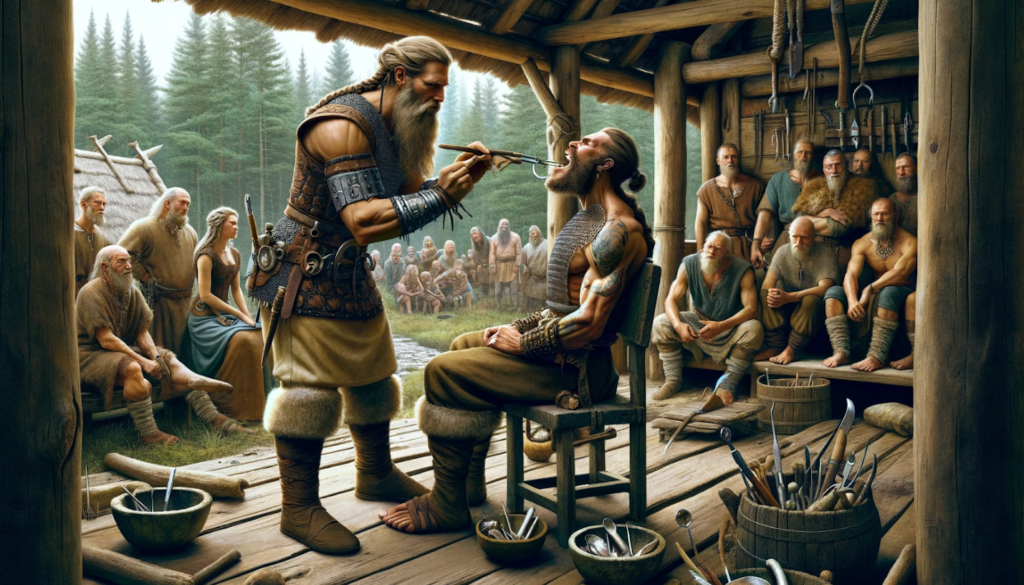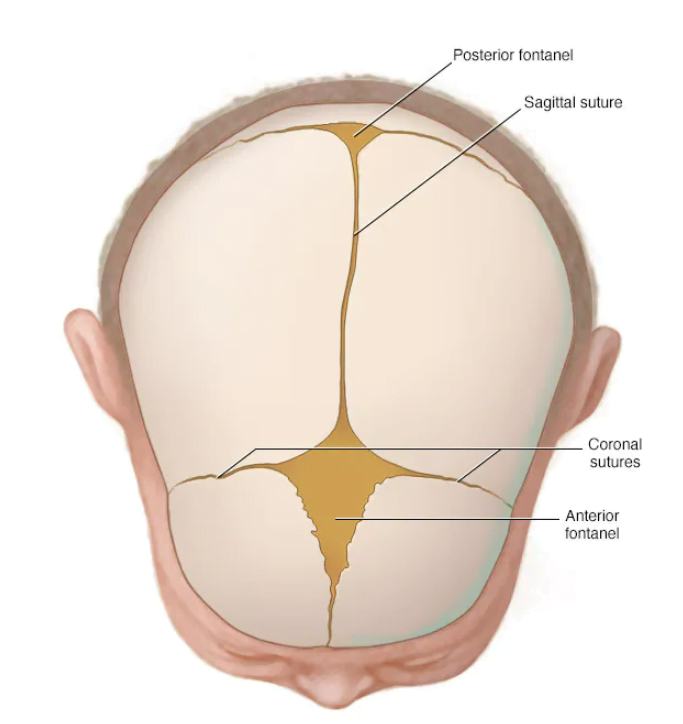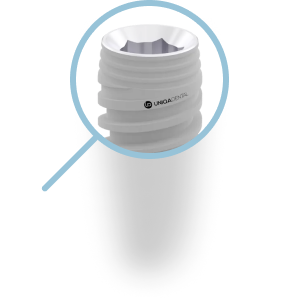Osseointegration of Anodized vs. Sandblasted Implant Surfaces in a Guided Bone Regeneration Acute Dehiscence-Type Defect: An In Vivo Experimental Mandibular Minipig Model
Osseointegrated dental implants have become a predictable method for replacing lost teeth with a high success rate (≥95% over 10 years). However, modern dentistry strives not only to achieve osseointegration, but also to improve its quality characteristics, including accelerating bone regeneration and ensuring long-term stability. Today we present the results of a study that analyzed various implant surfaces, including a new graded anodized (NGA) surface, a modified sandblasted, large-grit, acid-etched (modSLA) surface, and a hydrophobic sandblasted, large-grit, acid-etched (SLA) surface. The full text of the article, where all aspects are described in detail, can be found here.
Purpose of the study
To study the influence of implant surface characteristics on the processes of osseointegration and vertical bone regeneration under guided bone regeneration (GBR) conditions using bone defects in minipigs.
Materials and methods
- Model: A model of a mandibular osseointegration defect in 15 minipigs was used.
- Implant groups:
- NGA (smooth coronal zone Sa ~0.5 µm, transitioning to a porous apical zone).
- modSLA (moderately rough Sa ~1.2 µm, hydrophilic).
- SLA (moderately rough Sa ~1.1 µm, hydrophobic).
- Protocol:
- Osteotomy sites were prepared and a standardized defect (3×3×3 mm) was created.
- The defect was filled with demineralized bovine bone and covered with a collagen membrane.
- Healing periods: 2 and 8 weeks.
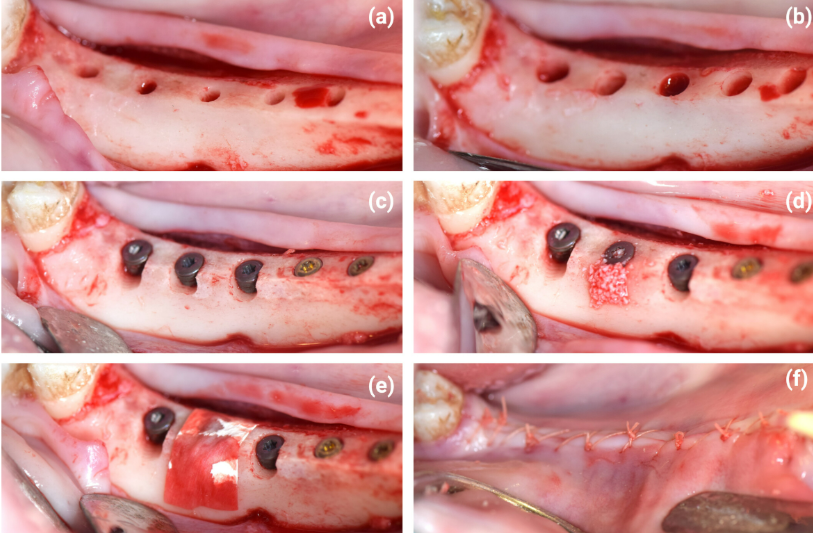
Illustration of surgical procedures. (a) implant osteotomy preparation starting from a flattened mandibular alveolar ridge. (b) creation of osteotomy. (c) implant placement with standardized acute-type buccal dehiscence type defect (3 × 3 × 3 mm). (d) grafting of dehiscence defect with deproteinized bovine bone mineral. (e) coverage with a collagen membrane. (f) primary wound closure / Wiley Online Library / Clinical Oral Implant Recherch/ Shakeel Shahdad/ 14369 / 2024
Evaluation parameters:
- New bone height (NBH).
- Bone-to-implant contact (dBIC).
- Total area of new bone in the defect (BATA).
- Vertical bone gain (VBC).
Results
- Quality of osseointegration:
- After 2 weeks, the modSLA group demonstrated a significantly greater dBIC (17.1%) compared to NGA (2.1%).
- After 8 weeks, dBIC for modSLA and SLA were 48.2% and 35.4%, respectively, compared with 3.6% for NGA.
- Vertical bone regeneration (VBC):
- After 8 weeks, modSLA and SLA showed significant benefits (1.74 mm and 1.80 mm) over NGA (0.64 mm).
- New bone height (NBH):
- The differences between the groups were not statistically significant (modSLA and SLA performed better, but the difference was not significant).
- New bone volume (BATA):
- All three groups showed similar results, indicating that GBR was effective.
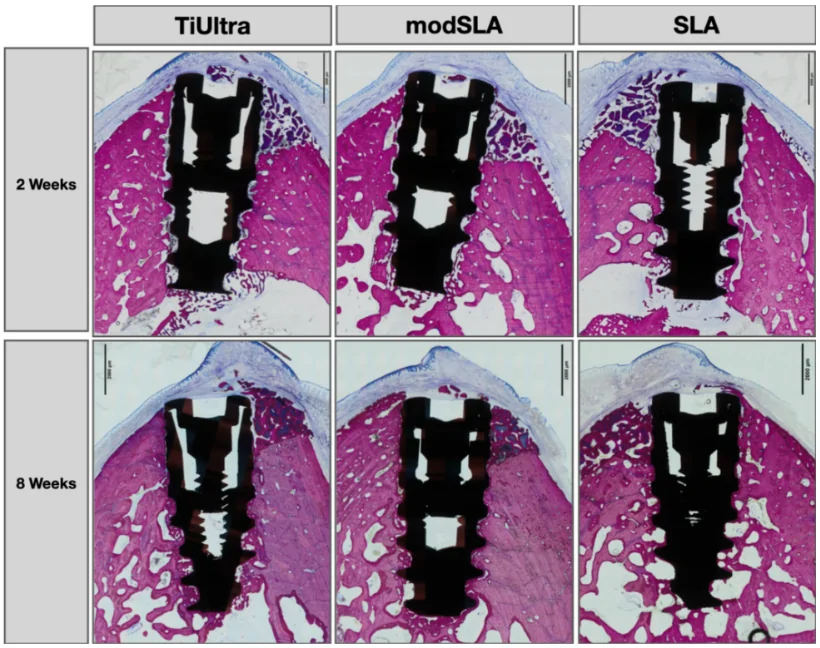
Representative micrographs of histological cross-sections comparing the healing pattern of grafted dehiscence defects around NGA test implants (1), moderately rough modSLA geometrical clone implants (2), and moderately rough SLA geometrical clone implants (3) after 2 weeks (upper row) and 8 weeks of healing (lower row). Sections were stained with paragon (toluidine blue and basic fuchsin) for microscopic evaluation / Wiley Online Library / Clinical Oral Implant Recherch/ Shakeel Shahdad / 14369/ 2024
Table 1. Average dBIC values (%)
|
Period |
NGA | modSLA | SLA |
|
2 weeks |
2,1% |
17,1% |
9,8% |
| 8 weeks | 3,6% | 48,2% |
35,4% |
Discussion
- Advantage of rough surface:
- Moderately rough surfaces (modSLA and SLA) provide closer contact with the new bone and significantly accelerate the process of osseointegration.
- The smooth coronal zone of the NGA showed poor integration, especially in the coronal portion of the implant.
- The role of hydrophilicity:
- modSLA with a hydrophilic surface accelerates the process of osseointegration in the early stages.
- However, SLA (hydrophobic) achieved comparable results after 8 weeks, calling into question the direct influence of hydrophilicity on long-term osseointegration.
- Practical significance:
- For clinical use, it is recommended to select implants with moderate roughness to improve the prognosis of osseointegration, especially in the presence of bone defects.
- Smooth surfaces such as NGA may be preferred in areas requiring better soft tissue integration.
Conclusion
The surface characteristics of implants have a significant impact on the processes of osseointegration and bone regeneration. Moderately rough surfaces (modSLA and SLA) showed better bone regeneration and higher bone-to-implant contact rates compared to graded anodized (NGA) surfaces. Implant selection should be based on the clinical situation, requiring either an emphasis on osseointegration or soft tissue integration.
Recommendations for practicing dentists:
- Use implants with modSLA or SLA for cases with bone defects and GBR.
- Consider NGA for areas with minimal bone loading and importance of soft tissue integration.
We hope this publication was useful to you, see you next time on the pages of our blog.
Source
Wiley Online Library – Osseointegration of Anodized vs. Sandblasted Implant Surfaces in a Guided Bone Regeneration Acute Dehiscence-Type Defect: An In Vivo Experimental Mandibular Minipig Model – October 10, 2024

